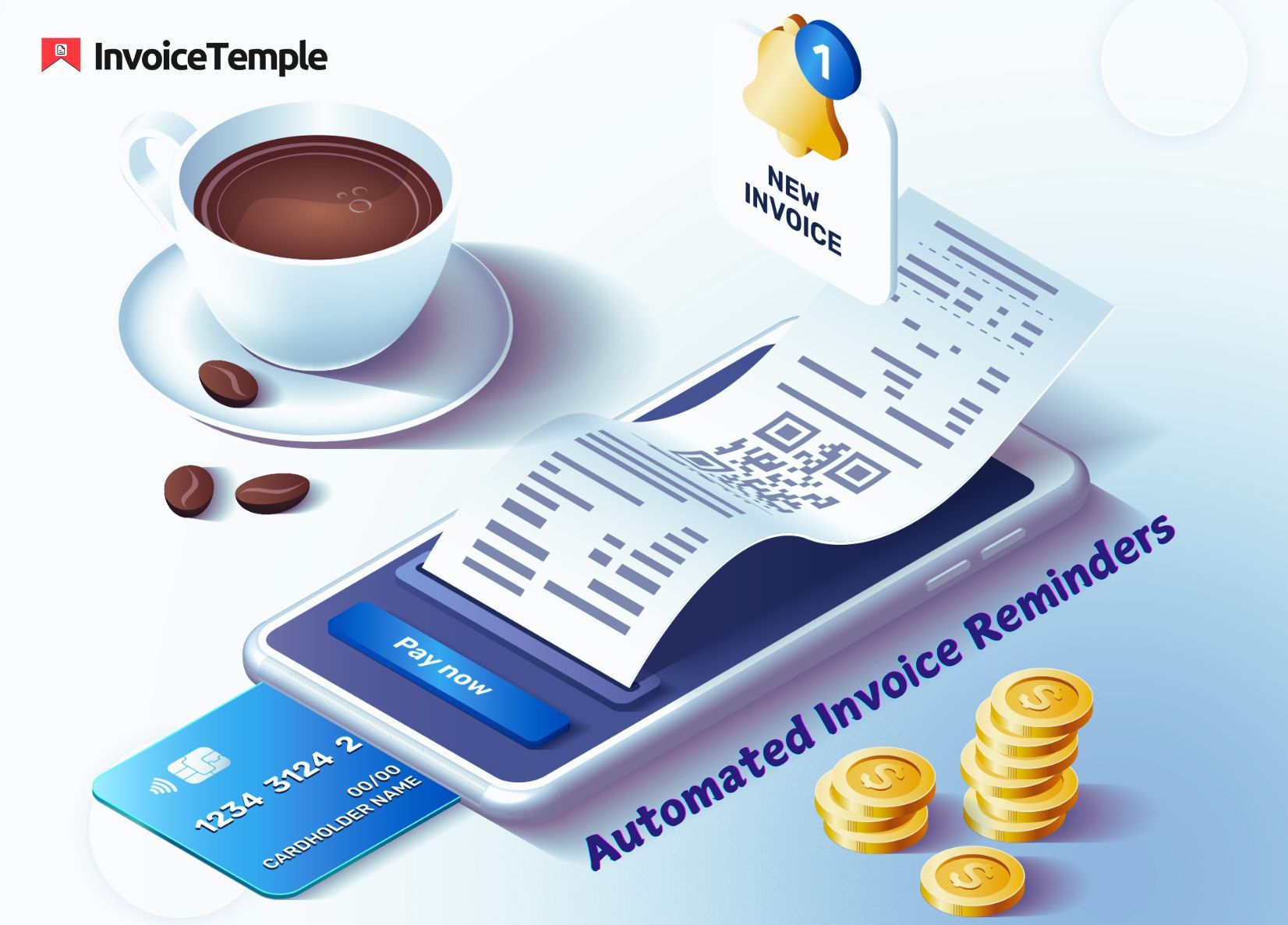How Reformer Pilates Can Improve Posture and Alleviate Back Pain
Back pain is one of the most common physical complaints, with millions of people suffering from chronic or acute discomfort. It affects individuals of all ages and lifestyles, often caused by poor posture, weak muscles, and inactivity. One solution that has been gaining significant attention is Reformer Pilates, a low-impact exercise technique that helps strengthen the muscles, increase flexibility, and correct posture. But how exactly does it work, and why is it so effective for improving posture and alleviating back pain?
In this blog, we’ll explore how Reformer Pilates can be a game-changer for your back health, providing you with a holistic approach to pain management, injury prevention, and overall well-being.
What is Reformer Pilates?
Reformer Pilates is a form of exercise developed by Joseph Pilates in the early 20th century. It uses a specialized machine called the Pilates Reformer, which consists of a sliding carriage, springs, and adjustable resistance. The machine allows for a wide range of movements that can be tailored to your fitness level, providing both support and resistance.
The key benefit of the Reformer is that it offers a low-impact workout, which is easy on the joints while still being highly effective in strengthening muscles, improving flexibility, and enhancing posture. The machine’s resistance helps target muscles in both the core and the periphery of the body, making it ideal for individuals with back pain, poor posture, or those recovering from injuries.
The Connection Between Posture and Back Pain
Before delving into how Reformer Pilates can help alleviate back pain, it’s important to understand the relationship between posture and back health. Posture refers to the alignment of your spine and joints while standing, sitting, or moving. Good posture means your body is aligned in such a way that it minimizes stress on your muscles, ligaments, and bones. Poor posture, on the other hand, creates an imbalance that puts unnecessary strain on the spine and surrounding muscles, leading to pain and discomfort.
The most common types of posture issues that contribute to back pain include:
Forward Head Posture: This occurs when the head juts forward, which is common for people who spend a lot of time looking down at phones, computers, or other screens. It can lead to tension in the neck, shoulders, and upper back.
Rounded Shoulders: This posture is often seen in individuals who slouch while sitting or standing, putting pressure on the upper back and contributing to pain.
Excessive Lordosis: An exaggerated inward curve of the lower back can cause strain on the lumbar spine, leading to lower back pain.
Swayback Posture: When the pelvis tilts backward, this can cause tension in the lower back and hips, resulting in discomfort and pain.
Pilates, specifically Reformer Pilates, can be a highly effective tool in improving posture by addressing these misalignments and promoting proper spinal alignment.
https://tonicmethod.com/9th-9th/How Reformer Pilates Can Improve Posture and Alleviate Back Pain
Back pain is one of the most common physical complaints, with millions of people suffering from chronic or acute discomfort. It affects individuals of all ages and lifestyles, often caused by poor posture, weak muscles, and inactivity. One solution that has been gaining significant attention is Reformer Pilates, a low-impact exercise technique that helps strengthen the muscles, increase flexibility, and correct posture. But how exactly does it work, and why is it so effective for improving posture and alleviating back pain?
In this blog, we’ll explore how Reformer Pilates can be a game-changer for your back health, providing you with a holistic approach to pain management, injury prevention, and overall well-being.
What is Reformer Pilates?
Reformer Pilates is a form of exercise developed by Joseph Pilates in the early 20th century. It uses a specialized machine called the Pilates Reformer, which consists of a sliding carriage, springs, and adjustable resistance. The machine allows for a wide range of movements that can be tailored to your fitness level, providing both support and resistance.
The key benefit of the Reformer is that it offers a low-impact workout, which is easy on the joints while still being highly effective in strengthening muscles, improving flexibility, and enhancing posture. The machine’s resistance helps target muscles in both the core and the periphery of the body, making it ideal for individuals with back pain, poor posture, or those recovering from injuries.
The Connection Between Posture and Back Pain
Before delving into how Reformer Pilates can help alleviate back pain, it’s important to understand the relationship between posture and back health. Posture refers to the alignment of your spine and joints while standing, sitting, or moving. Good posture means your body is aligned in such a way that it minimizes stress on your muscles, ligaments, and bones. Poor posture, on the other hand, creates an imbalance that puts unnecessary strain on the spine and surrounding muscles, leading to pain and discomfort.
The most common types of posture issues that contribute to back pain include:
Forward Head Posture: This occurs when the head juts forward, which is common for people who spend a lot of time looking down at phones, computers, or other screens. It can lead to tension in the neck, shoulders, and upper back.
Rounded Shoulders: This posture is often seen in individuals who slouch while sitting or standing, putting pressure on the upper back and contributing to pain.
Excessive Lordosis: An exaggerated inward curve of the lower back can cause strain on the lumbar spine, leading to lower back pain.
Swayback Posture: When the pelvis tilts backward, this can cause tension in the lower back and hips, resulting in discomfort and pain.
Pilates, specifically Reformer Pilates, can be a highly effective tool in improving posture by addressing these misalignments and promoting proper spinal alignment.
https://tonicmethod.com/9th-9th/










